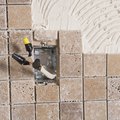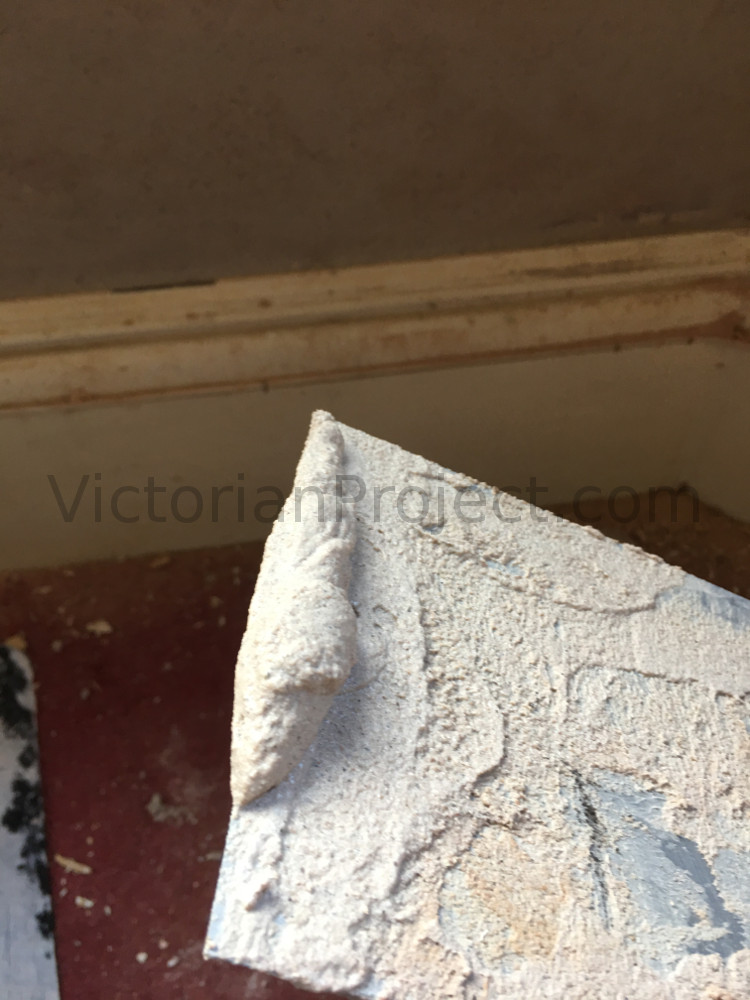

Primer offers an easy and effective way to maintain wall surfaces free from messes and stains. It can be applied before painting and can help prevent mold from growing on your wall. This is where the use of drywall primer comes into play. The most common way to prevent this is by applying a coat of paint in your home. One of the main reasons for drywall primer and paint not to last in a home is the presence of mildew. If you want to provide more protection, you’ll need at least 1/4″ or thicker covering before applying paint or other coatings on top of it. The former dries faster, but can’t resist moisture as well as its oil-based counterpart, which can resist water better but takes longer to dry out.Īs for thickness, typically 1/8″ is enough to provide proper protection against moisture in most construction projects. There are two types of primers: water-based and oil-based. Moisture resistance capacity of drywall primer depends on the type of primer. Latex-based primers usually require three coats of paint since the first coat must be thick enough for it to stick well. These are epoxy, polyurethane, and latex-based primer.Įpoxy primers do not require any additional application of paint, while polyurethane primers need two coats of paint in order to fully adhere to the surface. There are three common types of primers that are used for this purpose. It is important to choose the right primer for different surfaces. Primers are used to cover drywall imperfections before painting. It dries quickly and is typically applied with a roller, brush or sprayer. Primers are typically made with a 2-3 percent solution of polyurethane or acrylic paint.

As a result, the standard primer dry time is typically between 10 and 30 minutes. The primer needs time to dry and for the sealant to cure. They are typically water-based, but some are solvent-based. Primers comes in variety of base materials such as water-base, oil-base, latex-base, shellac-base etc.īase materials used in standard primers are formulated to be low-odor, low-vapor, and non-toxic. It has thinner consistency than other types of primers which allows for easier application on walls without having to sand down the surface first. The most popular type of primer is water based formula. Some primers come in water based formula that is easy to apply with a roller or brush while others can be applied with a sprayer. Primer is a thin, smooth coating applied to a substrate such as drywall or metal, intended to improve its appearance and protect it from corrosion and abrasion.ĭepending on the need for primer, the consistency and thickness of the primer will vary. The best primer will be able to prevent water from seeping into walls and recoating them with fresh paint.īefore choosing a primer, it is often necessary to consider some factors such as: Thickness or Texture This type of primer creates a moisture resistant protective layer on the surface of the wall. Things to Consider Before Selecting the Best Primer to Cover Drywall Imperfectionsĭrywall primer is a product that is used in the process of finishing and sealing the interior and exterior surfaces of drywall. Blending the primer into each seam will provide a seamless, smooth surface that can be painted with ease. Primers can be used as a base coat or as a top coat depending on the type of material that you are working with.

The most common use of Primer is in painting bedrooms, hallways, living rooms, kitchens, and bathrooms. The best primer to cover drywall imperfections is usually painted on drywall which helps create an even surface for painting. This type of wall coating is used for finishing purposes and can also be used as a base coat for latex paints. Primer is a type of wall covering that can be applied to the walls of a building.


 0 kommentar(er)
0 kommentar(er)
